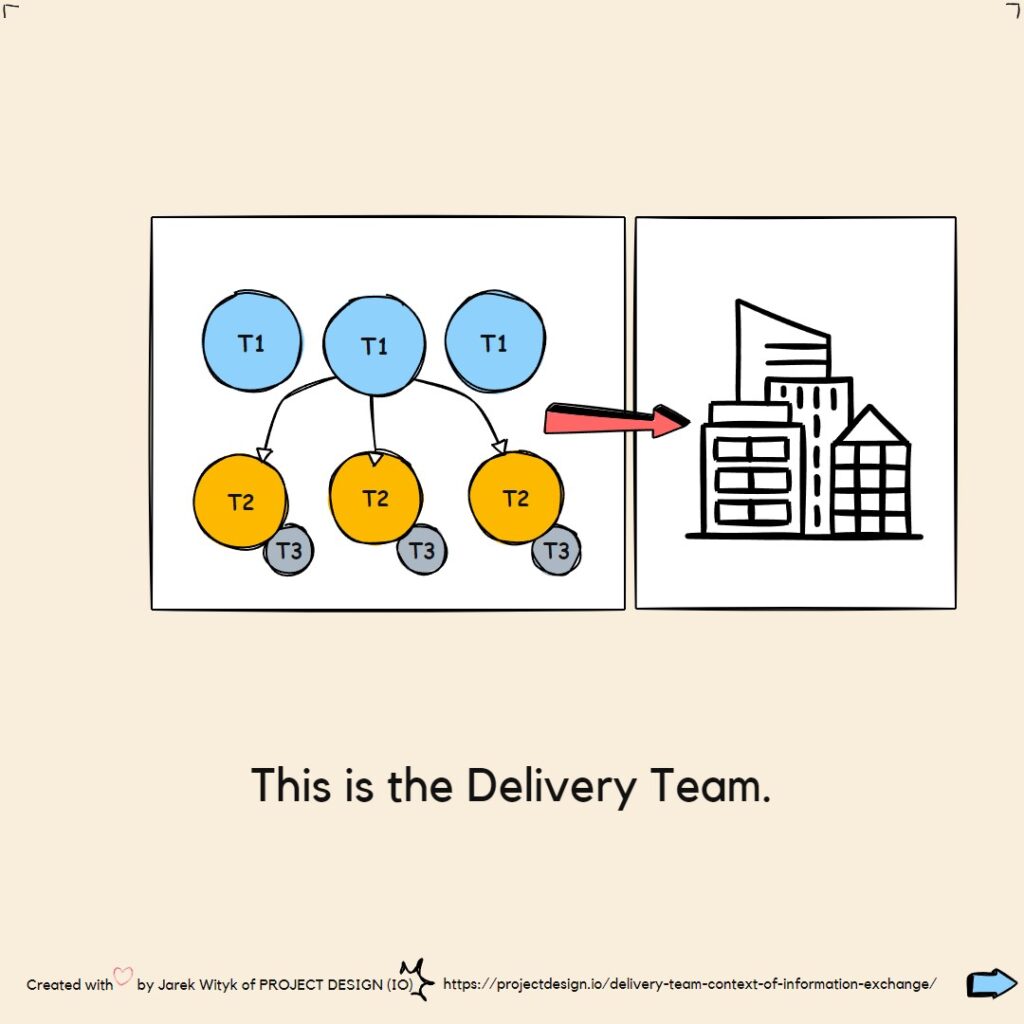Handover
Revit Guides
Data Management
After the project is completed, the Appointing Party expects to receive Asset Information Model (AIM) compliant with the Exchange Information Requirements (EIR).
The aim is to support the life cycle of the asset reducing unplanned maintenance and enabling life cycle savings. This process involves efficient execution, maintenance and storage of all communication, verification and delivery processes associated with the AIM model. For the operation phase’s benefit, the existing AIM should be updated with the project’s information. All interrelated crossover between the existing and new building (if applicable) must be clearly explained, and required training for the facilities management team shall be identified. For example, if the project involved extension building that utilises existing plant and services it would most likely require re-commissioning. All the settings must be demonstrated and communicated to the FM team for further operation throughout the project’s life cycle. [1]
The project team shall be involved in document creation from the start, beginning with defining the AIR to ensure that the delivery team can produce useful information that the Appointing Party can use to maintain their assets after completing the project. Communicating the Exchange Information Requirements (EIR) early should set clear expectations within the budget and time.
FM team should be a part of the team that specify operational documentation at the start of a project to validate the inclusion of all essential AIR elements within EIR.
Once the project is completed, the FM team shall verify the AIM information against the specified EIR before accepting or rejecting the model – the project stage is shown in Figure 1.

Managing the handover effectively is crucial; a vital part of this phase is the digital transfer of information. The use of BIM and digital tools permit the accumulation of all relevant data, the 3D representation of the asset and certification, warranties, and other documents needed for the operation and maintenance of the asset within a secure Common Data Environment (CDE). Effective model management can be challenging if the expectation and collaboration requirements are not set at the start.
The reliance on multiple applications, problems with integrations and other issues lead to uncertainty, misunderstandings and insufficient access to information models, increasing the risk of costly errors and project delays. [1]
Therefore, establishing information production methods and procedures, responsibilities and CDE for the project team, is a critical enabler of collaboration and information management during the delivery phase. At the handover stage, when exchanging the information between delivery and FM team.
A model-oriented information exchange integrated with CDE enables the creation of a digital twin of the asset. Typically, the digital twin contains a 3D Project Information Model (PIM) linked to a related product, material, specification or control system. The corresponding data essential for a high-quality digital twin can include information from all phases, including bid documentation, design and construction plans.
The digital twin can be used to assess the availability of space or optimise the planning of preventive maintenance. Additionally, BIM technology can further reduce risks and errors, improve quality, increase productivity, and enable new products and services that do not exist today. [1]
This process includes the communication, verification and delivery processes associated with the model throughout the project’s life cycle. Advanced modelling strategies start with planning, especially for issues, and continue through the models’ development and their implementation in the design and delivery phase.
[1] F. Weiss, “Reimagining BIM Its About Delivery and DataNot Just Design,” Jan. 16, 2020. (accessed Jan. 23, 2021).

Delivery Team context of information exchange
ELI5-S2 BIM in Practice E3 Delivery Team context of information

